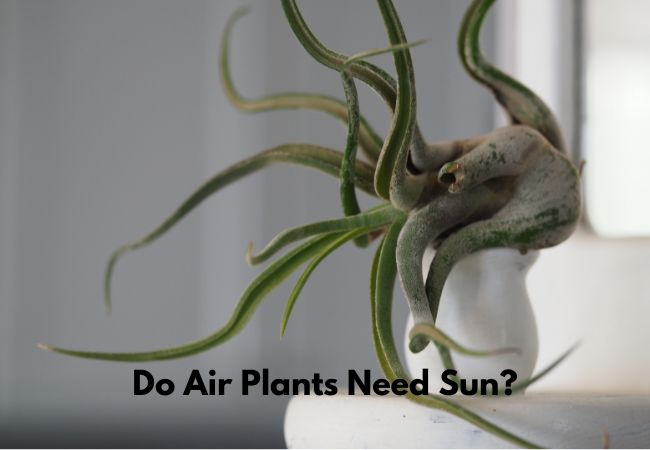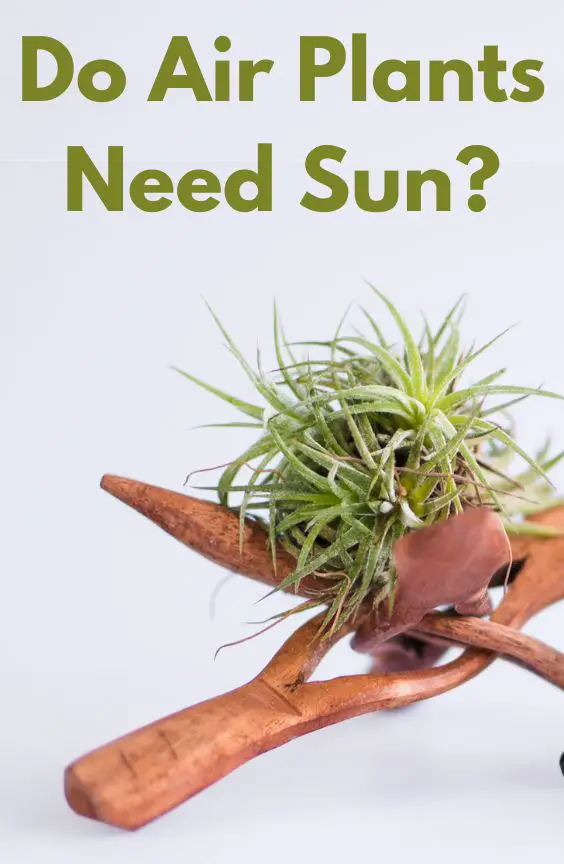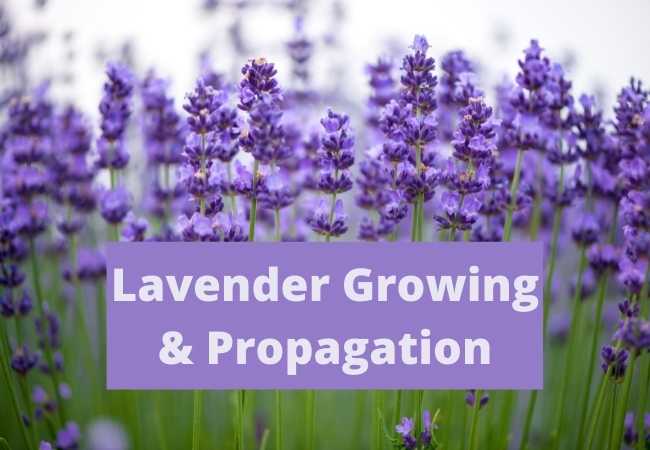Do Air Plants Need Sun?

Wondering do air plants need sun, keep on reading. Just like many plant enthusiasts, air plants have captured my fascination with their unique ability to thrive without soil.
Do Air Plants Need Sun?
These epiphytic wonders have sparked a question that often arises: do air plants need sun? And can you grow them successfully indoor.
While the common belief might be that they can survive solely on air and moisture, the truth lies in the intricate relationship between air plants and sunlight.
Understanding Air Plants
Air plants belong to the Bromeliad family and are renowned for their ability to cling to various surfaces without the need for soil.
Their specialized trichomes, small hair-like structures covering the leaves, allow them to absorb water and nutrients from the air.
With over 650 species, air plants exhibit diverse forms and habitats, ranging from rainforests to deserts. This adaptability has led to the misconception that they might not require sunlight to flourish.
The Role of Sunlight in Plant Growth
Sunlight is the energy source that fuels photosynthesis, the process through which plants convert light energy into chemical energy to sustain themselves.
The different light spectrums, such as red, blue, and green, contribute to various aspects of plant growth, including leaf development, flowering, and fruiting.
It’s this process that enables plants to manufacture their food and produce the oxygen we breathe.
Light Requirements for Air Plants
Contrary to the misconception that air plants can subsist solely on ambient light, these plants indeed require sunlight to thrive.
Their natural habitats, including forests, cliffs, and branches, expose them to varying degrees of sunlight.
Differentiating between low-light and high-light species is crucial, as it determines their tolerance to direct sunlight.
Some air plants, such as Tillandsia ionantha, thrive in bright indirect light, while others, like Tillandsia xerographica, can handle more intense sunlight.
Air Plant Sunlight and Watering Balance
The amount of sunlight air plants receive is intertwined with their watering needs. Intense sunlight can lead to rapid water evaporation, potentially causing dehydration.
On the other hand, inadequate light exposure can hinder photosynthesis and lead to overwatering.
Striking a balance between sunlight and water is vital for the health of air plants. Observing the condition of the leaves can serve as a guide.
Here are some signals that can help – stiff, silver-colored leaves might indicate too much sun, while dull or curled leaves could signify insufficient light.
Indoor Cultivation of Air Plants
Bringing air plants indoors requires replicating their natural light conditions. While natural sunlight is optimal, artificial light sources like fluorescent or LED grow lights can provide the necessary light spectrum for photosynthesis.
Positioning air plants near windows or under grow lights ensures they receive adequate light.
Rotating the plants every few weeks can also ensure even light distribution, preventing one side from receiving more light than the other.
Outdoor Cultivation of Air Plants
For those lucky enough to have suitable outdoor spaces, air plants can flourish under natural sunlight.
However, excessive exposure to direct sunlight, especially during the hottest parts of the day, can lead to sunburn.
Understanding the specific light requirements of different air plant species and providing shade when necessary is crucial.
Hanging air plants under the canopy of trees or placing them in areas with filtered sunlight can help protect them from harsh midday rays.
Troubleshooting: Signs of Sunlight Stress
Overexposure or inadequate sunlight can manifest in visible stress signs on air plants. Browning or yellowing of leaves, along with a stunted growth rate, can indicate a problem with light exposure.
Adjusting light conditions and modifying care routines can often reverse these issues. If a plant has suffered from sunburn, trimming away the damaged leaves can help it redirect energy toward healthy growth.
When you grow air plants for a while, you will realize that while air plants can endure various light conditions, understanding each species’ preferences enhances their overall health and vibrancy.
There are misconceptions about air plants needing no sunlight. Yet air plants need light for photosynthesis.
I would also suggest gradually acclimating air plants to brighter light conditions, especially if transitioning them from indoor to outdoor settings.
Final Thoughts
In the world of air plants, the adage “less is more” does not apply to sunlight. These remarkable plants, while adept at surviving in challenging environments, depend on sunlight for their growth and vitality.
Striking the right balance between light exposure and care is the key to nurturing thriving Tillandsia, ensuring that they remain a captivating addition to your plant lover’s collection.
As you embark on your air plant journey, remember that the sun’s rays are not just a backdrop, but a vital source of energy that brings these extraordinary plants to life.
I hope this post on do air plants need sun was helpful. Follow me on Multigardening Pinterest for more awesome plant care posts.






